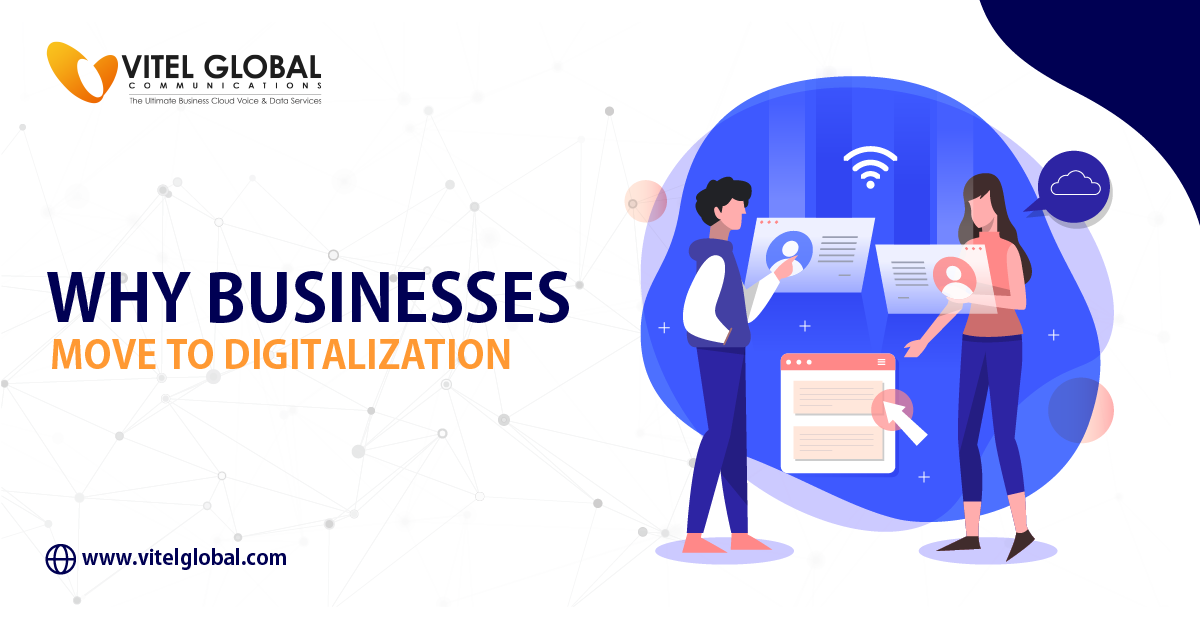Adopt Your Transformation to Deliver a Great Customer Experience

4 min read
Unlock Success: Transform Your Approach for Exceptional Customer Experience! Embrace Change, Delight Customers. Take the Leap Today!
Many different people will have various levels of interest in the subject, so it’s essential to write an opening that will entice the reader into reading more.
As software technology develops, companies must ensure customers are satisfied with their products or services. Whether a customer receives a product or service by mail, in-person, or phone, they deserve the highest quality. Failure to deliver can ruin the experience and lead to lost sales.
Double you’re ROI with effective small business phone service.
One way that companies can ensure excellent consumer experiences across all channels is to hire and train employees who are passionate about delivering positive experiences to customers. In addition, managers must ensure that these staff members have all the tools and resources needed to succeed.
How to Deliver the Excellent Customer Experience?
To deliver excellent customer service, employees must first understand how it translates into profits for their organizations.
This understanding can be complex for some employees, who may need to learn how to change their personal lives and work. That is why managers must guide them – showing them how to lead by example.
Managers should also help their employees understand that delivering a great customer experience is a responsibility they must take on personally. For some employees, this may mean occasionally stopping by the customer’s home or office to explain what has been done and answer any questions the client may have.
The benefits of delivering a great experience can be beneficial to customers and worthwhile for company leaders and managers.
In addition, many companies use different mediums to reach clients – including email marketing, telephone conversations, social media sites like Twitter and Facebook, and even team messaging. These mediums allow businesses to engage with their customers more personally – but they aren’t always practical.
All of these mediums rely on one thing: The customer’s ability to respond. If the customer cannot respond in some way, chances are good that the messages will go unheeded. When presented with too many options, customers may need to pay attention to everything they receive.
Communication To Be Effective – It Must Be Concise And Clear In Its Message
Why did it take me so long to adopt this transformational customer journey strategy? It was always talked about but never acted upon. Adoption seemed like a pipe dream; I was in charge of advertising and sales for a medical device that needed our technology to operate, not service or product development – not the other things we had so much potential to improve! With limited resources and an ever-growing list of projects, it felt like we barely broke even. It was an immensely frustrating situation.
“Transformational leaders are enactors, not contemplators. They are entrepreneurial and comfortable with breaking the rules. They’re able to change the game by changing themselves.”
A Customer Experience Strategy Is Different From a Transactional One
The transactional approach to service focuses on solving visitors’ problems quickly and efficiently, improving the customer’s experience with your brand.
Transformation Approach It is focused on the next step in transforming your business or product. It is intended to drive more growth with a consumer base that is becoming increasingly discerning and conscious.
To transform, you need to adopt a new way of working that aligns with your vision for your business ahead. It takes work; you need strong, patient, and consistent leadership in executing this strategy. You also need to listen to your clients, who are becoming increasingly vocal about their expectations of you.
Gaining a Competitive Edge
You need to invest in transforming your business for an industry-leading customer experience.
These are some of the strategies you can use to serve better and retain:
- Start with understanding: Create an empathy map of your company, clients, and competitors.
- Make it easy: Offer flexible work hours and remote work opportunities so employees have more control over their schedules.
- Break down walls: remove bureaucratic barriers and silos to promote department collaboration.
- Move quickly: Listening to feedback and addressing issues is critical for avoiding negative reviews.
- Provide details: Contact information and a physical store location should be prominently displayed on all media channels, such as your website and social media accounts.
- Offer freebies: Rewards programs that encourage repeat customers are the best way to grow your customer base and increase sales volume.
- Show appreciation: Thank customers for their feedback and referrals with small gifts or incentives.
- Deliver objectives: Have clearly defined metrics to gauge whether or not you are meeting service goals.
- Stay current: Keep up with market trends, technology, consumer behavior, and competitor activity.
- Empower employees: Allow employees to take creative risks and offer rewards for taking chances.
- Be genuine: Be authentic by including yourself in the marketing message and featuring real people in your messaging.
- Don’t be afraid to ask for feedback: Create an easy way for customers to send you a direct message with questions or feedback.
- Learn from competitors: If you have tried a new service, share your experience with it.
- Watch what works: Experiment with new ideas and strategies to see what works and what does not.
- Showcase success: Share your company’s success stories to increase customer retention.
Speed is the currency of the digital economy. If you need to move faster, you can catch up. Your customers will move on to a company that provides the service they want when they want it.
The best way to deliver a high-quality user feel is to create a culture that values empathy, response time, empowerment, and creativity. You must be willing to take risks and fail if you’re innovative enough to compete in today’s digital economy.
Conclusion
As a company striving for success, you must do everything possible to make your customers happy, especially now that they have many ways of voicing dissatisfaction.
A positive user experience does more than make the person with the great experience feel good momentarily – it can also affect how they feel about the rest of their day and how they will perceive their interactions with others.
The good feelings from a positive client experience inoculate customers against negative feedback from other sources and improve the likelihood that future clients will purchase from them again.
Studies show that when consumers feel good about a brand or product, they are more likely to repeat short- and long-term purchases. The same goes for word-of-mouth marketing – when a consumer is happy with your company’s product or service, they’re more likely to spread the word and share their experience with others.
Transform Your Business, Transform Your Customers Start Your Journey Today
Published: June 29th, 2023
Subscribe to Our Latest Updates
Get monthly product and feature updates, the latest industry news, and more!







